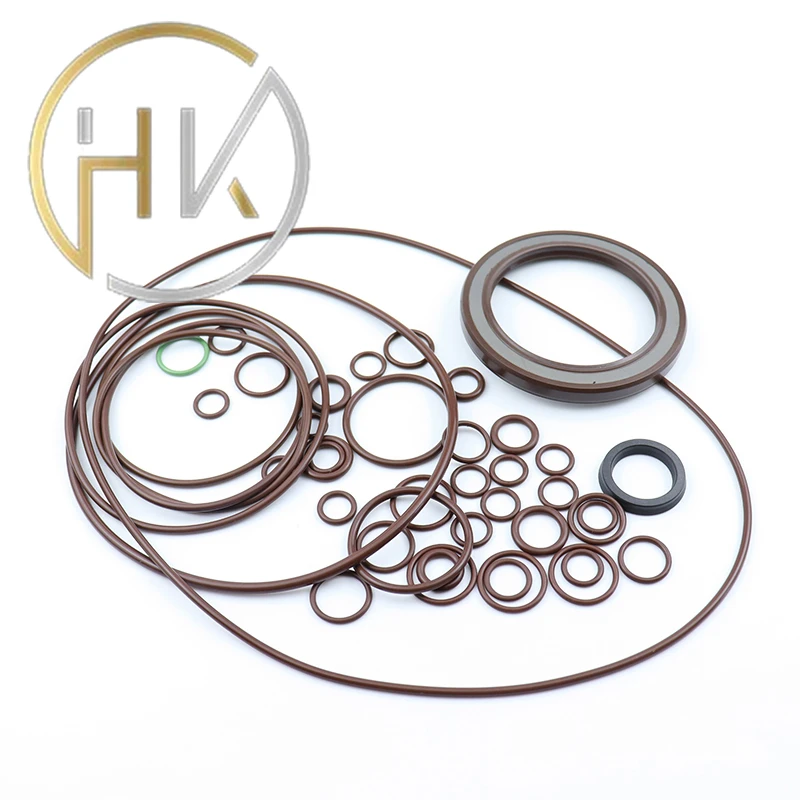10 月 . 14, 2024 12:21 Back to list
Pump Seal Kit Replacement Guide for Improved Performance and Longevity
The Importance of Pump Seal Kit Replacement
Pumps are integral components in various industries, from water treatment facilities to manufacturing processes. Their primary function is to transport fluids, whether they be water, oil, or chemicals. However, like any piece of machinery, pumps require regular maintenance to operate efficiently. One of the most critical maintenance tasks is the replacement of the pump seal kit. This article will explore the importance of pump seal kit replacement, the signs indicating that a replacement is necessary, and the steps involved in the replacement process.
Understanding Pump Seal Kits
A pump seal kit typically includes various seals, gaskets, and O-rings. These components are designed to prevent the fluid being pumped from leaking out of the system, ensuring that the pump operates efficiently and minimizes the risk of environmental contamination. Over time, seals can wear out due to factors such as chemical exposure, extreme temperatures, and general wear and tear, leading to leaks that can cause significant operational issues.
Why Is Replacement Necessary?
1. Preventing Leaks The most obvious reason for replacing pump seal kits is to prevent leaks. A leak can result in loss of fluid, which not only wastes resources but can also lead to costly cleanup efforts. Additionally, in some industries, leaks can pose serious safety and environmental hazards.
2. Maintaining Efficiency Worn seals can lead to reduced pump performance. If a pump is not sealing properly, it can cause cavitation, leading to decreased efficiency and potentially damaging the pump over time. Regularly replacing seal kits ensures that the pump operates at peak performance.
3. Extending Equipment Life Pumps are a significant investment for any business, and regular maintenance, including seal kit replacement, can extend their operational life. By preventing leaks and maintaining efficiency, businesses can avoid premature pump failures, resulting in lower replacement costs and improved overall productivity.
4. Compliance and Safety Many industries are subject to strict regulations regarding chemical handling and safety. Preventing leaks through regular seal kit replacements helps ensure compliance with these regulations, reducing the risk of fines and enhancing workplace safety.
Signs That Replacement Is Needed
Identifying when to replace pump seal kits is crucial for effective maintenance. Common signs that replacement is necessary include
pump seal kit replacement

- Visible Leaks The most evident sign is the presence of fluid around the pump. If you notice any pooling or dripping, it's time to replace the seals. - Increased Maintenance Costs If your maintenance team frequently addresses leaks or performs repairs, it may be more cost-effective to replace the seal kit instead of dealing with ongoing issues. - Unusual Noises Cavitation and other operational anomalies can be signs of failing seals. If the pump is making unusual sounds, it may require immediate attention. - Performance Issues A drop in flow rates or pressure can indicate that the seals are worn and may need replacement.
The Replacement Process
Replacing a pump seal kit is a straightforward process, though it requires proper procedures to ensure effectiveness
1. Safety First Ensure that the pump is turned off, disconnected from power, and drained of any fluid before beginning the replacement process.
2. Disassembly Carefully disassemble the pump, taking note of the arrangement of parts to ensure proper reassembly.
3. Cleaning Clean the mating surfaces to remove any debris or old seal material. Proper cleaning ensures a better seal with the new components.
4. Installation Install the new seals, gaskets, and O-rings according to the manufacturer’s specifications. Take care to avoid twisting or damaging the seals during installation.
5. Reassembly and Testing Once everything is installed, reassemble the pump, reconnect it, and run it at low pressure initially to check for leaks.
Conclusion
Pump seal kit replacement is a vital maintenance task that should not be overlooked. By understanding its importance and recognizing the signs that replacement is necessary, businesses can maintain their equipment efficiently, prevent costly leaks, and extend the lifespan of their pumps. Regular checks and timely replacements not only ensure operational efficiency but also contribute to safety and environmental stewardship. Thus, investing time and resources in pump maintenance will pay off in the long run, safeguarding both equipment and resources.
-
The Power of Advanced Sealing: High-Pressure Solutions for Modern Machinery
NewsOct.29,2024
-
Optimizing Machinery with High-Performance Oil Seals
NewsOct.29,2024
-
Maximizing Machinery Efficiency with Advanced Oil Seals
NewsOct.29,2024
-
Ensuring Equipment Longevity with Quality Oil Seals
NewsOct.29,2024
-
Enhance Equipment Performance with Quality Oil Seals
NewsOct.29,2024
-
Custom Oil Seals for Specialized Machinery Needs
NewsOct.29,2024
-
The Role of Wiper Seals in Dust Sealing and Oil Protection
NewsOct.20,2024
Products categories
















